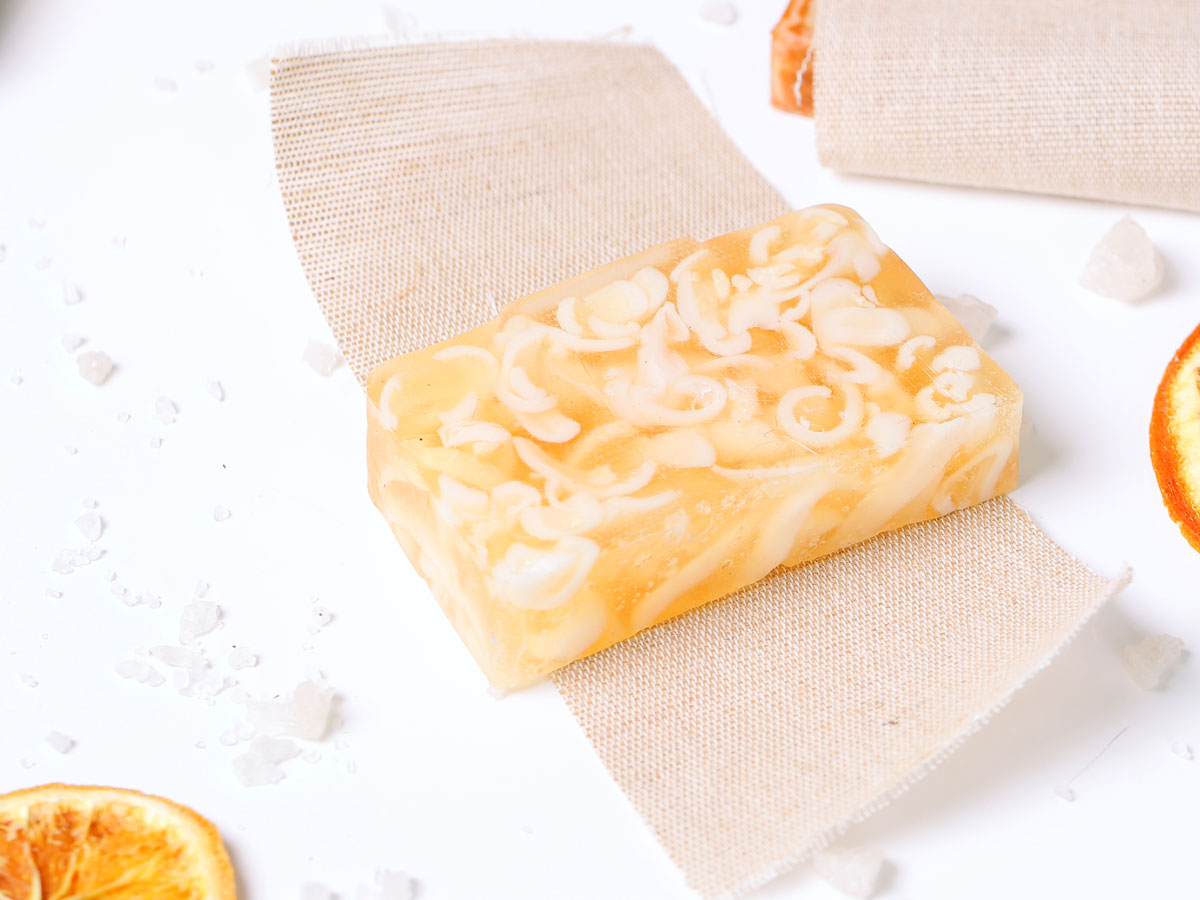Melt and pour soap base is a popular choice for DIY soap making because it's easy to use and doesn't require a lot of specialized equipment. However, even with the best intentions and careful preparation, you may run into some common issues when working with melt and pour soap base. In this blog, we'll discuss some of the most common issues that can arise when working with melt and pour soap base and provide some tips for troubleshooting and resolving these issues.
- Soap is Cracking or Breaking Apart

If your melt and pour soap is cracking or breaking apart, it could be because the soap has cooled too quickly or because you've added too much fragrance or colorant. To resolve this issue, try pouring your soap at a slightly higher temperature, around 160-170°F, and avoid adding too much fragrance or colorant. If your soap has already cracked or broken, you can melt it down again and pour it into a new mold.
- Soap is Cloudy or Has Air Bubbles
Cloudy or bubbly soap can be caused by a variety of factors, including pouring the soap at too high a temperature, stirring the soap too vigorously, or using a mold that is too large for the amount of soap. To resolve this issue, try pouring your soap at a lower temperature, around 130-140°F, and avoid stirring the soap too vigorously. You can also try tapping the mold gently on a countertop to release any air bubbles.
- Soap is Too Soft or Sticky
If your melt and pour soap is too soft or sticky, it could be because you've added too much water or because the soap has not cooled long enough. To resolve this issue, try adding less water to your soap mixture and letting the soap cool for a longer period of time, at least 24 hours. You can also try placing the soap in the refrigerator or freezer for a short period of time to speed up the cooling process.
- Soap is Discoloring or Fading
If your soap is discoloring or fading, it could be because you've used a fragrance or colorant that is not soap-safe or because the soap has been exposed to too much light or heat. To resolve this issue, try using fragrance and colorants that are specifically designed for soap making and store your soap in a cool, dark place.
- Soap is Sticking to the Mold
If your soap is sticking to the mold, it could be because the mold is not properly prepared or because you're removing the soap from the mold too soon. To resolve this issue, try spraying your mold with a non-stick spray or rubbing it with a small amount of oil before pouring in the soap. You can also try letting the soap cool for a longer period of time before removing it from the mold.
Conclusion
Melt and pour soap base is a fun and easy way to create your own customized soaps at home. However, like any craft, it's possible to run into some common issues along the way. By understanding these issues and knowing how to troubleshoot them, you can create beautiful, high-quality soaps every time. Remember to pour at the right temperature, avoid adding too much fragrance or colorant, and give your soap enough time to cool and harden before removing it from the mold. With these tips, you'll be well on your way to becoming a melt and pour soap making pro!

